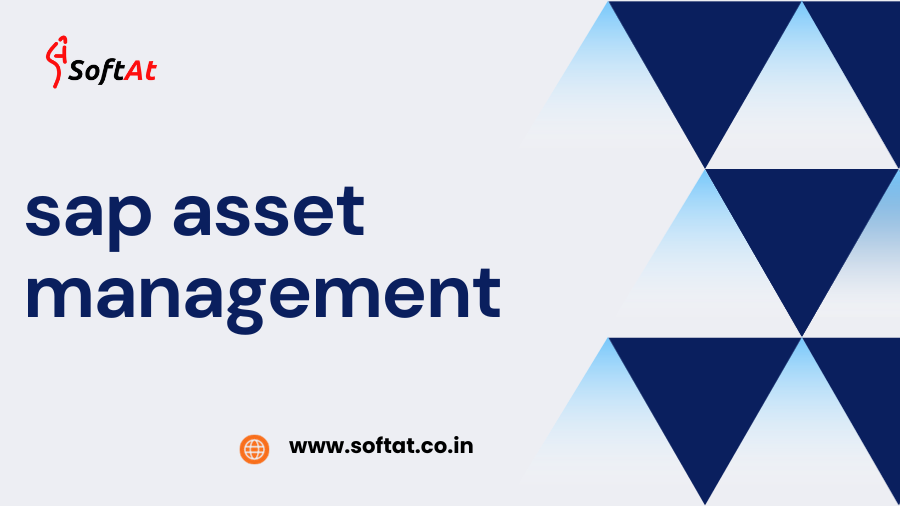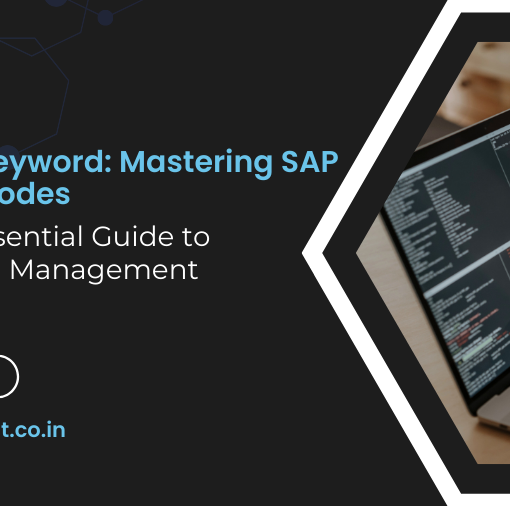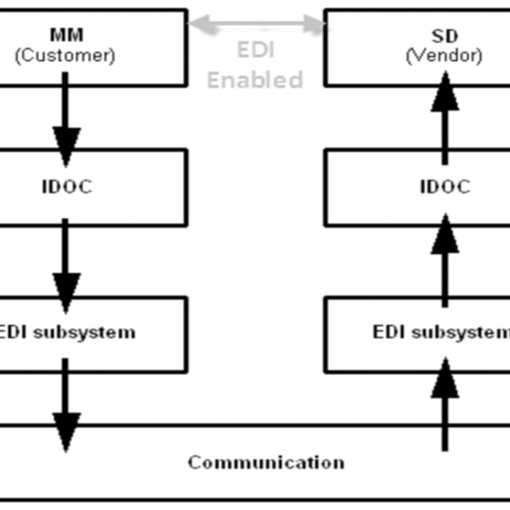In today’s fast-paced business environment, effectively managing assets is crucial for organizational success. SAP Asset Management, an integral part of the SAP ecosystem, provides a powerful solution for businesses seeking to optimize their management processes. In this in-depth guide, we will explore Asset Management, highlighting its key features, benefits, and best practices for implementation.
Understanding SAP Asset Management
What is SAP AM ?
It often referred to as SAP AM, is a comprehensive software solution that enables organizations to manage and maintain their physical assets efficiently. It covers the entire asset lifecycle, from acquisition to retirement, and offers tools for asset tracking, maintenance planning, and cost control.
Key Features of SAP AM
- Asset Tracking: Maintain a comprehensive record of assets, including location, condition, and maintenance history.
- Maintenance Planning: Create and optimize maintenance schedules to ensure assets are operating at peak efficiency.
- Cost Control: Monitor asset-related costs, track depreciation, and forecast future expenses.
- Predictive Maintenance: Utilize data and analytics to predict asset failures and schedule proactive maintenance.
- Integration: Seamlessly integrate with other SAP modules such as Finance and Supply Chain for a holistic approach to management.
Benefits of Implementing SAP Asset Management
Improved Asset Utilization
SAP AM helps organizations maximize the use of their assets, reducing downtime and increasing productivity.
Cost Savings
Efficient maintenance planning and cost tracking lead to reduced operational expenses and optimized asset investments.
Enhanced Compliance
Ensure compliance with regulatory requirements and industry standards through accurate record-keeping and reporting.
Data-Driven Decision-Making
Leverage data and analytics to make informed decisions about asset maintenance, replacement, and upgrades.
Implementing SAP Asset Management
Assessment and Planning
Start by assessing your organization’s asset management needs and objectives. Develop a clear implementation plan that outlines goals, timelines, and responsibilities.
Configuration and Customization
Configure SAP AM to align with your specific management processes. Customize asset categories, depreciation methods, and maintenance workflows.
Data Migration
Migrate existing asset data into SAP AM, including asset records, maintenance history, and financial information.
Training and Testing
Provide comprehensive training to your asset management team to ensure they can effectively use SAP AM. Rigorous testing is essential to validate system functionality.
Go-Live and Support
After successful implementation, transition to using SAP AM for daily asset management. Offer ongoing support and maintenance to address any issues and ensure smooth operations.
Conclusion
In conclusion, It is a powerful solution for organizations seeking to optimize their asset management processes. It offers benefits such as improved asset utilization, cost savings, enhanced compliance, and data-driven decision-making. By implementing SAP AM and following best practices, organizations can unlock efficiency and drive success in asset management.
FAQs
1. What is SAP AM ?
It is a software solution that enables organizations to efficiently manage and maintain their physical assets throughout their lifecycle.
2. How can SAP AM benefit my organization?
SAP AM offers benefits such as improved asset utilization, cost savings, compliance with regulations, and data-driven decision-making in asset management.
3. Is SAP AM suitable for small businesses?
Yes, SAP AM can be tailored to the needs of small businesses, providing cost-effective asset management solutions.
4. What steps are involved in implementing SAP AM?
Implementation includes assessment, configuration, data migration, training, testing, and ongoing support.
5. Can SAP AM integrate with other SAP modules and external systems?
Yes, SAP AM seamlessly integrates with other SAP modules and external systems, ensuring a comprehensive approach to asset management.
Free Bonuses:
Exploring the Benefits of SAP Consulting for Small Businesses





